Home>Furniture & Design>Bathroom Accessories>How To Remove Blue Stain From Toilet Seat
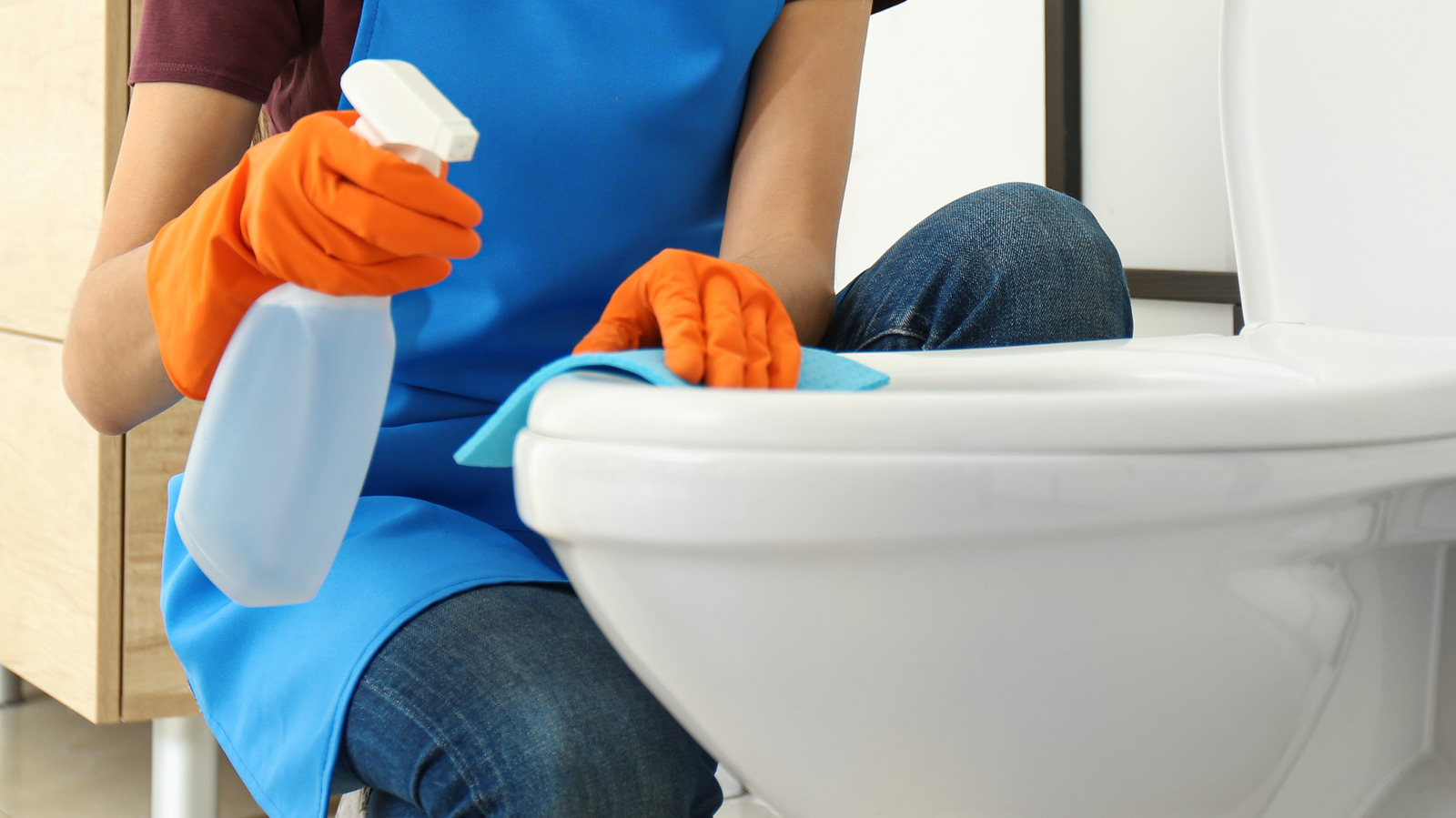

Bathroom Accessories
How To Remove Blue Stain From Toilet Seat
Modified: March 22, 2024
Learn effective methods to remove blue stains from your toilet seat with our expert tips. Keep your bathroom accessories looking clean and fresh.
(Many of the links in this article redirect to a specific reviewed product. Your purchase of these products through affiliate links helps to generate commission for Storables.com, at no extra cost. Learn more)
Introduction
Dealing with a stubborn blue stain on your toilet seat can be a frustrating and perplexing experience. You may have noticed the unsightly discoloration and wondered how it appeared in the first place. Fear not, as this comprehensive guide will equip you with the knowledge and tools needed to effectively remove the blue stain from your toilet seat. Whether you're a homeowner, a renter, or a professional cleaner, understanding the cause of these stains and the proper removal techniques is essential for maintaining a pristine bathroom.
Blue stains on toilet seats are a common issue that many individuals encounter. These stains can be caused by a variety of factors, including the presence of metal components in the water supply, the use of certain cleaning products, or even the growth of bacteria. Regardless of the cause, the sight of a blue-stained toilet seat can be off-putting and may leave you feeling uncertain about how to address the problem.
In this guide, we will delve into the root causes of blue stains on toilet seats, explore the materials needed for effective stain removal, and provide a step-by-step guide to help you restore your toilet seat to its original condition. Additionally, we will discuss preventive measures to minimize the likelihood of future blue stains, allowing you to maintain a clean and inviting bathroom environment.
By the end of this article, you will be equipped with the knowledge and confidence to tackle blue stains on your toilet seat, ensuring that your bathroom remains a welcoming and hygienic space for you and your household. Let's embark on this journey to banish those pesky blue stains and restore the pristine appearance of your toilet seat.
Key Takeaways:
- Say goodbye to blue stains on your toilet seat by using vinegar and baking soda to remove them. Prevent future stains by using non-abrasive cleaners and maintaining hygienic practices.
- Combat blue stains with a vinegar and baking soda solution. Prevent future stains by using non-abrasive cleaners and practicing good hygiene.
Read more: How To Remove Azo Stains From Toilet Seat
Understanding the Cause of Blue Stains
The appearance of blue stains on a toilet seat can be perplexing, leaving many individuals wondering about the underlying cause. These stains are often attributed to a variety of factors, each of which contributes to the discoloration and requires a unique approach for effective removal.
One common culprit behind blue stains is the presence of copper or brass components in the water supply. When water comes into contact with these metals, a chemical reaction occurs, resulting in the release of copper ions. These ions can then interact with certain types of cleaning products, particularly those containing acidic or chlorine-based ingredients, leading to the formation of blue stains on the toilet seat. Additionally, the use of copper pipes in the plumbing system can exacerbate this issue, as minute copper particles may leach into the water and contribute to the staining process.
In some cases, the growth of bacteria within the toilet bowl can also lead to the development of blue stains. Certain strains of bacteria produce pigments that manifest as blue or green discolorations, which can transfer onto the toilet seat during use. This bacterial growth is often fostered by the presence of organic matter and mineral deposits within the toilet bowl, creating an environment conducive to microbial proliferation.
Furthermore, the use of certain cleaning agents, such as bleach or acidic toilet bowl cleaners, can inadvertently contribute to the formation of blue stains. These products, while effective at disinfecting and removing mineral deposits, may react with copper ions present in the water, resulting in the discoloration of the toilet seat.
Understanding the multifaceted nature of blue stains is crucial for devising an effective removal strategy. By recognizing the various factors that can contribute to the development of these stains, individuals can tailor their approach to address the specific underlying cause, thereby increasing the likelihood of successful stain removal.
In the subsequent sections, we will explore the materials and techniques required to effectively remove blue stains from toilet seats, empowering you to tackle this common issue with confidence and precision.
Materials Needed for Removing Blue Stains
To effectively remove blue stains from a toilet seat, you will need a selection of materials that are specifically chosen to address the underlying causes of the discoloration. By assembling the appropriate tools and cleaning agents, you can embark on the stain removal process with confidence and precision. Here are the essential materials needed for removing blue stains:
-
Rubber Gloves: Before initiating the stain removal process, it is crucial to protect your hands with durable rubber gloves. These gloves will shield your skin from the cleaning agents and ensure a hygienic approach to the task at hand.
-
White Vinegar: White vinegar is a versatile and effective cleaning agent that can help neutralize the chemical reactions responsible for blue stains. Its acidic nature enables it to dissolve mineral deposits and combat bacterial growth, making it an indispensable component of the stain removal process.
-
Baking Soda: As a mild abrasive, baking soda is adept at lifting stubborn stains and eliminating odors. When combined with white vinegar, it forms a potent yet non-toxic cleaning solution that can target blue stains without damaging the toilet seat's surface.
-
Soft Microfiber Cloth or Sponge: A soft microfiber cloth or sponge is ideal for gently scrubbing the affected areas without causing scratches or abrasions. These gentle cleaning tools will aid in the removal of blue stains while safeguarding the integrity of the toilet seat's finish.
-
Toilet Bowl Brush: A dedicated toilet bowl brush with durable bristles is essential for addressing any residual staining within the toilet bowl itself. This tool will enable you to thoroughly clean the interior of the bowl, preventing the recurrence of blue stains on the seat.
-
Protective Eyewear (Optional): While not essential, protective eyewear can provide an additional layer of safety during the stain removal process, particularly when working with cleaning agents. It is advisable to wear protective eyewear to prevent any accidental splashes or exposure to cleaning solutions.
By gathering these materials, you will be well-equipped to tackle the task of removing blue stains from your toilet seat effectively. The subsequent section will provide a detailed step-by-step guide to assist you in navigating the stain removal process with ease and efficiency.
To remove a blue stain from a toilet seat, try using a mixture of baking soda and vinegar. Sprinkle baking soda on the stain, then pour vinegar over it. Let it sit for a few minutes, then scrub with a toilet brush and rinse with water.
Step-by-Step Guide to Remove Blue Stains
-
Prepare the Cleaning Solution: Begin by mixing equal parts of white vinegar and water in a small container. This diluted vinegar solution will serve as a potent yet gentle cleaner for combating blue stains on the toilet seat.
-
Apply the Cleaning Solution: Using a soft microfiber cloth or sponge, saturate it with the prepared vinegar solution. Gently apply the solution to the affected areas of the toilet seat, ensuring thorough coverage of the blue stains. Allow the solution to sit for several minutes to penetrate and loosen the stains.
-
Scrub with Baking Soda: Sprinkle a small amount of baking soda directly onto the dampened areas of the toilet seat. The mild abrasive nature of baking soda will aid in lifting the stubborn blue stains while neutralizing odors. Using the same cloth or sponge, gently scrub the stained areas in circular motions, focusing on areas with visible discoloration.
-
Let it Sit: After scrubbing the affected areas, allow the vinegar and baking soda solution to remain on the toilet seat for approximately 10-15 minutes. This dwell time will facilitate the breakdown of mineral deposits and bacterial pigments, further loosening the stains for easier removal.
-
Thorough Rinse: Once the dwell time has elapsed, thoroughly rinse the toilet seat with clean water. Use a separate damp cloth to wipe away any residual cleaning solution, ensuring that all traces of vinegar and baking soda are removed from the surface.
-
Inspect and Repeat if Necessary: After rinsing, inspect the toilet seat for any remaining blue stains. If traces of discoloration persist, repeat the cleaning process by reapplying the vinegar and baking soda solution and gently scrubbing the affected areas. Persistence and thoroughness are key to achieving optimal results.
-
Clean the Toilet Bowl: To prevent the recurrence of blue stains on the toilet seat, it is essential to address any residual staining within the toilet bowl itself. Use a toilet bowl brush and a suitable toilet bowl cleaner to thoroughly clean the interior of the bowl, eliminating potential sources of bacterial pigments and mineral deposits.
-
Final Rinse and Dry: Once the blue stains have been successfully removed, give the entire toilet seat a final rinse with clean water. Use a dry cloth to wipe the surface and ensure that it is completely dry. This final step will leave the toilet seat looking clean and refreshed.
By following this step-by-step guide, you can effectively remove blue stains from your toilet seat, restoring its pristine appearance and ensuring a hygienic bathroom environment for you and your household. With the right materials and a systematic approach, banishing those pesky blue stains is well within reach.
Preventing Future Blue Stains
Preventing future blue stains on your toilet seat involves implementing proactive measures to mitigate the underlying causes of discoloration. By addressing the root factors that contribute to the development of blue stains, you can maintain a pristine and stain-free toilet seat. Here are effective strategies to prevent the recurrence of blue stains:
-
Water Filtration: Installing a water filtration system can significantly reduce the presence of copper ions and other impurities in the water supply. By filtering out potentially reactive elements, you can minimize the likelihood of chemical reactions that lead to blue stains on the toilet seat.
-
Use Non-Abrasive Cleaners: Opt for non-abrasive and non-chlorine-based cleaning products when maintaining your toilet and bathroom fixtures. These gentler alternatives are less likely to react with metal components in the water, thereby reducing the risk of blue stain formation.
-
Regular Cleaning and Maintenance: Establish a routine for regular cleaning and maintenance of your toilet seat and bowl. By consistently removing mineral deposits, organic matter, and bacterial growth, you can prevent the accumulation of substances that contribute to blue stains.
-
Hygienic Practices: Encourage hygienic practices, such as promptly addressing toilet bowl overflows and minimizing the use of harsh chemical cleaners. Proper toilet hygiene can help minimize the conditions that foster bacterial growth and staining.
-
Avoid Harsh Scrubbing: When cleaning the toilet seat, avoid using abrasive scrubbing pads or harsh cleaning implements that may scratch the surface. Scratches can create areas where stains are more likely to adhere, potentially leading to the formation of blue discolorations.
-
Regular Inspection: Periodically inspect the toilet seat and bowl for any signs of discoloration or staining. Early detection allows for prompt intervention, preventing minor issues from escalating into more stubborn stains.
By incorporating these preventive measures into your bathroom maintenance routine, you can effectively minimize the occurrence of blue stains on your toilet seat. Proactive care and attention to the underlying factors contributing to staining will help preserve the pristine appearance of your bathroom fixtures, ensuring a clean and inviting environment for all occupants.
Read more: How To Remove Dye Stains From Toilet Seat
Conclusion
In conclusion, the presence of blue stains on a toilet seat can be a perplexing and unsightly issue, often stemming from a combination of factors such as copper ions in the water supply, bacterial growth, and the use of reactive cleaning products. However, armed with the knowledge and techniques outlined in this guide, you can confidently address and eliminate blue stains, restoring your toilet seat to its pristine condition.
By understanding the root causes of blue stains and the materials needed for effective removal, you can approach the stain removal process with precision and efficacy. The step-by-step guide provided empowers you to tackle the task systematically, utilizing a combination of white vinegar, baking soda, and gentle cleaning tools to lift and neutralize the stubborn stains. Additionally, the importance of preventive measures, such as water filtration, non-abrasive cleaners, and regular maintenance, cannot be overstated in mitigating the recurrence of blue stains.
Ultimately, by implementing these strategies and taking a proactive approach to bathroom maintenance, you can minimize the likelihood of encountering blue stains on your toilet seat in the future. This not only contributes to a hygienic and inviting bathroom environment but also alleviates the frustration and uncertainty associated with dealing with stubborn discolorations.
As you embark on the journey to banish those pesky blue stains and maintain a pristine toilet seat, remember that persistence and attention to detail are key. With the right approach and a commitment to proactive care, you can enjoy a stain-free and aesthetically pleasing bathroom, enhancing the overall cleanliness and comfort of your living space.
In the end, the battle against blue stains is not insurmountable. Armed with the insights and techniques provided in this guide, you are well-equipped to conquer this common bathroom challenge, ensuring that your toilet seat remains a spotless and welcoming fixture in your home.
Frequently Asked Questions about How To Remove Blue Stain From Toilet Seat
Was this page helpful?
At Storables.com, we guarantee accurate and reliable information. Our content, validated by Expert Board Contributors, is crafted following stringent Editorial Policies. We're committed to providing you with well-researched, expert-backed insights for all your informational needs.
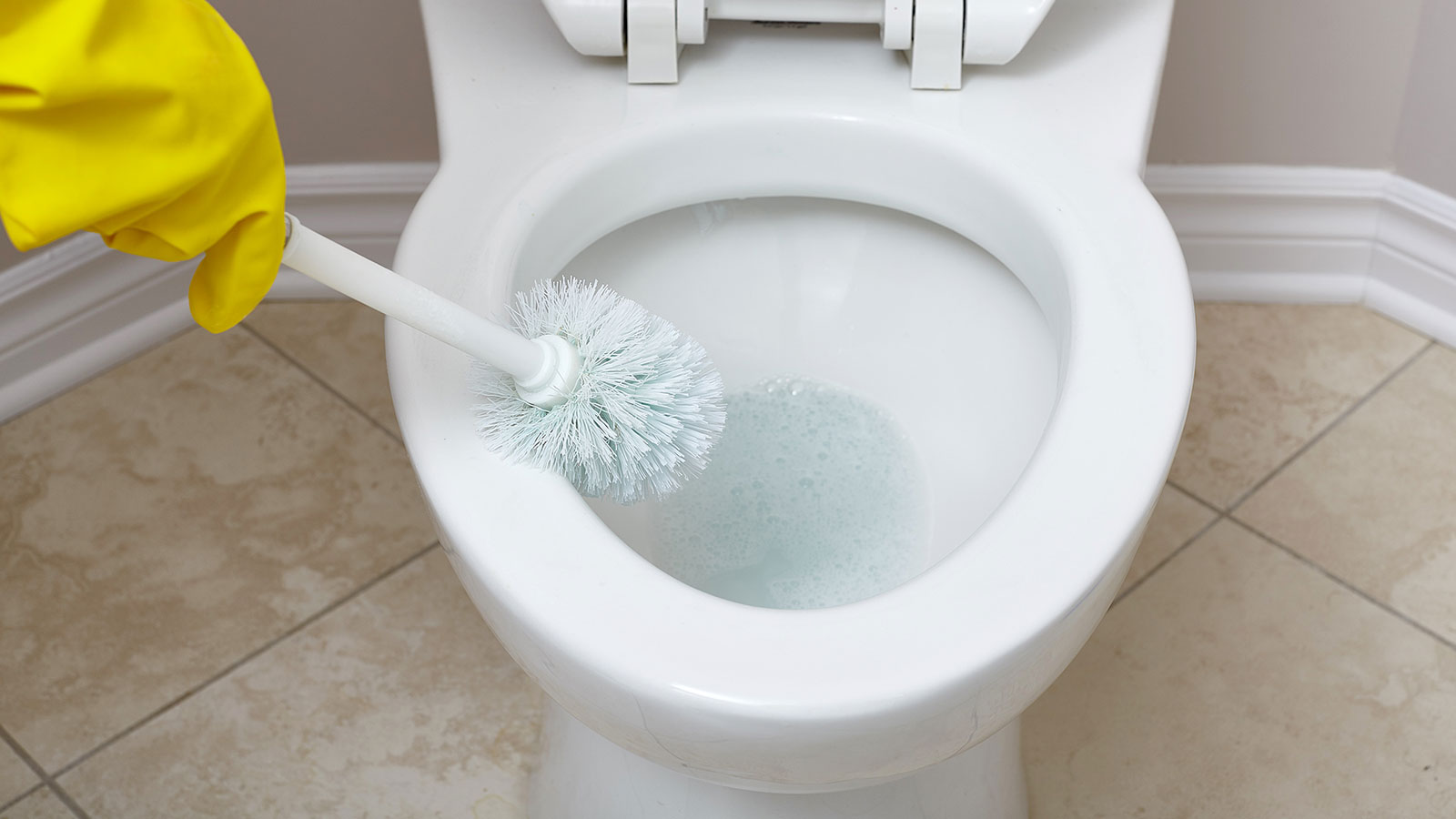
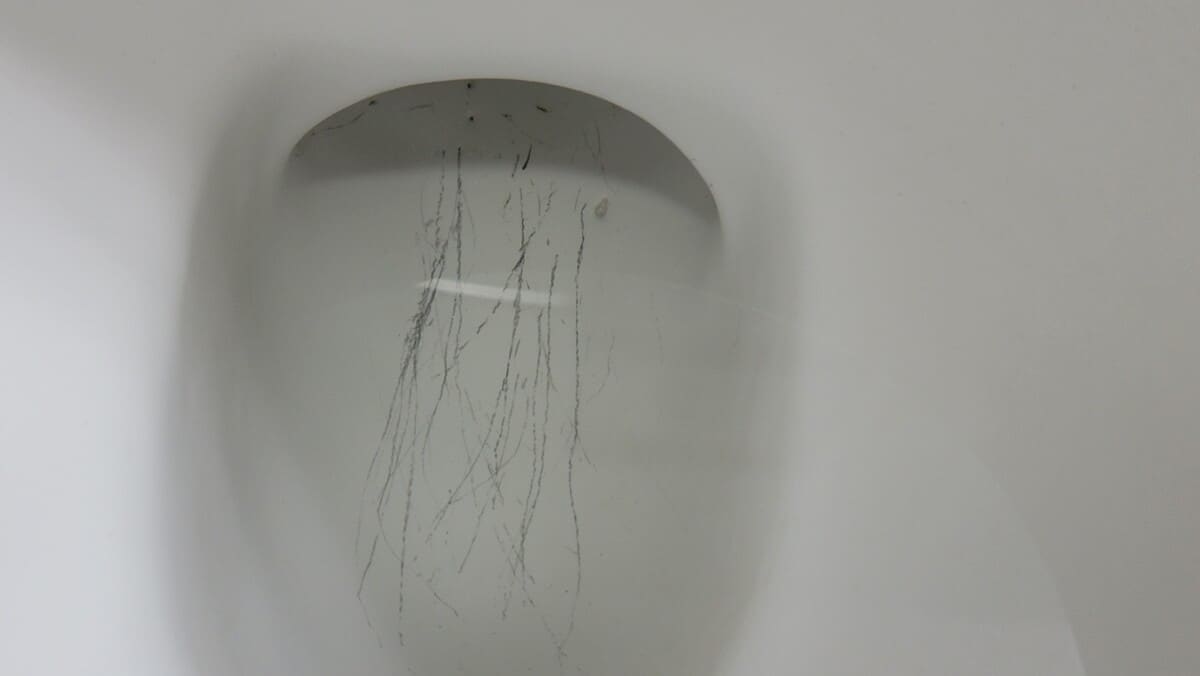
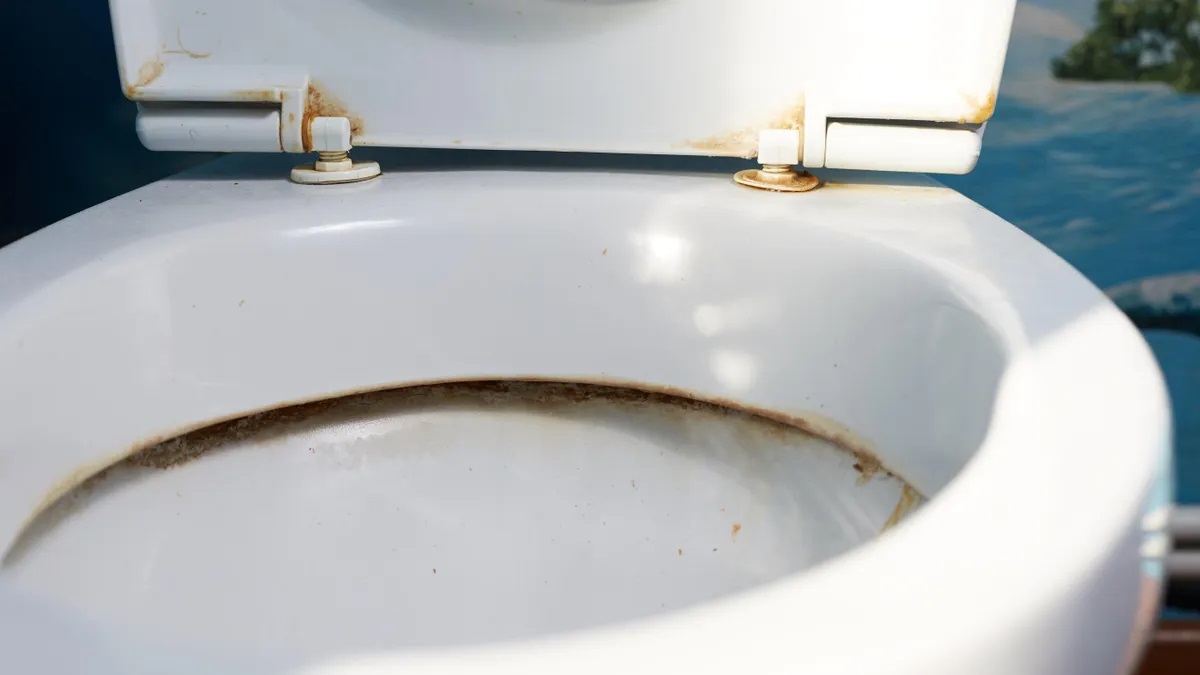
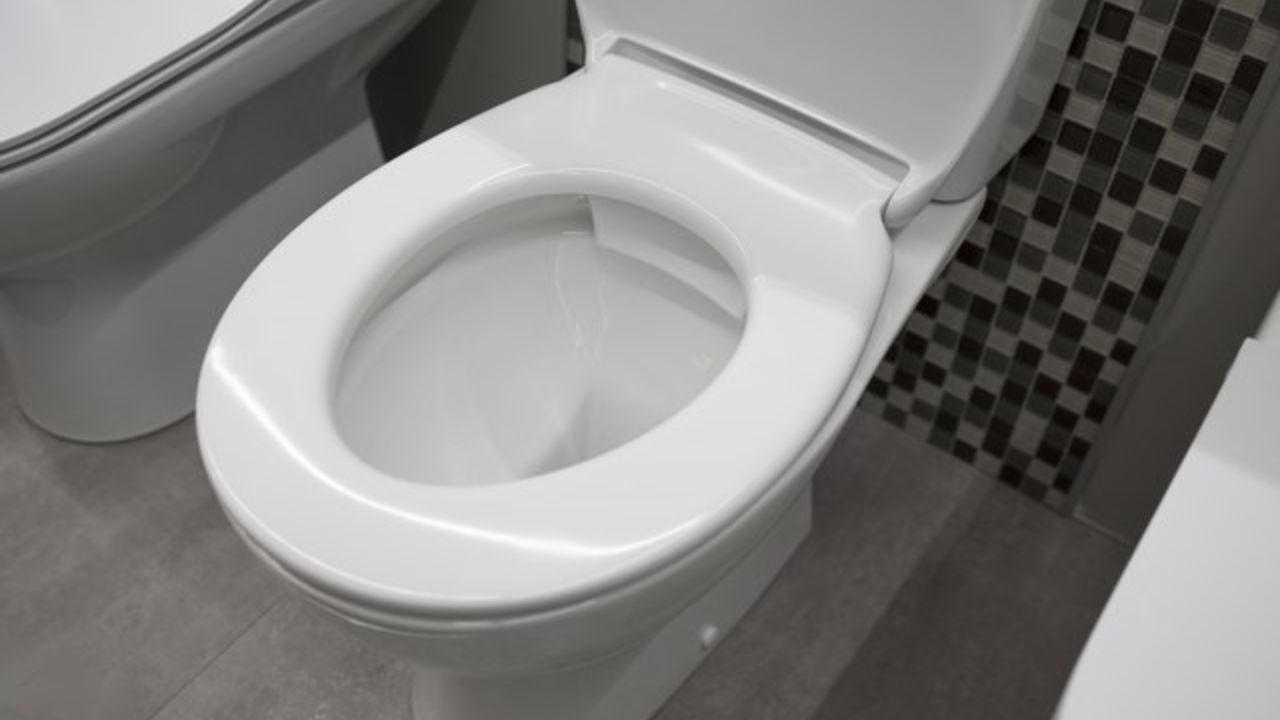
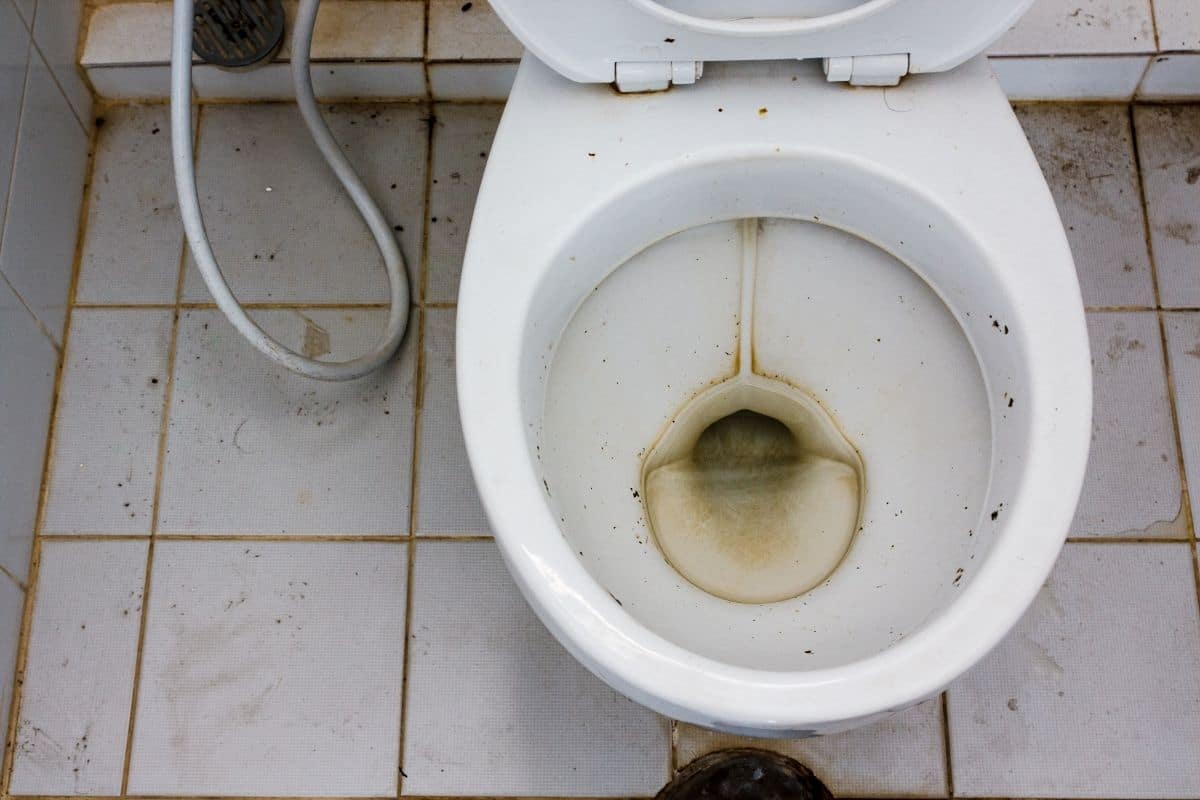
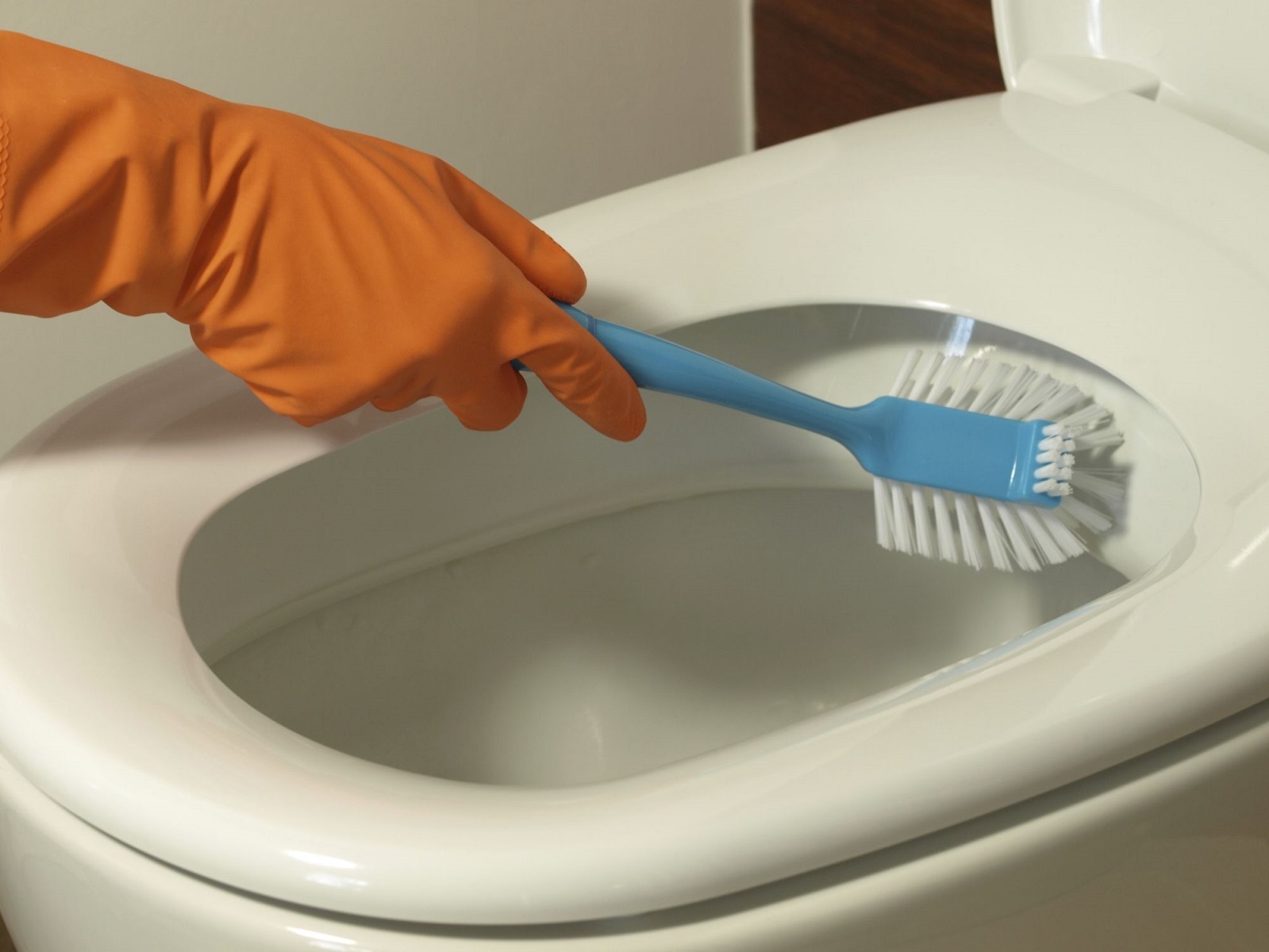
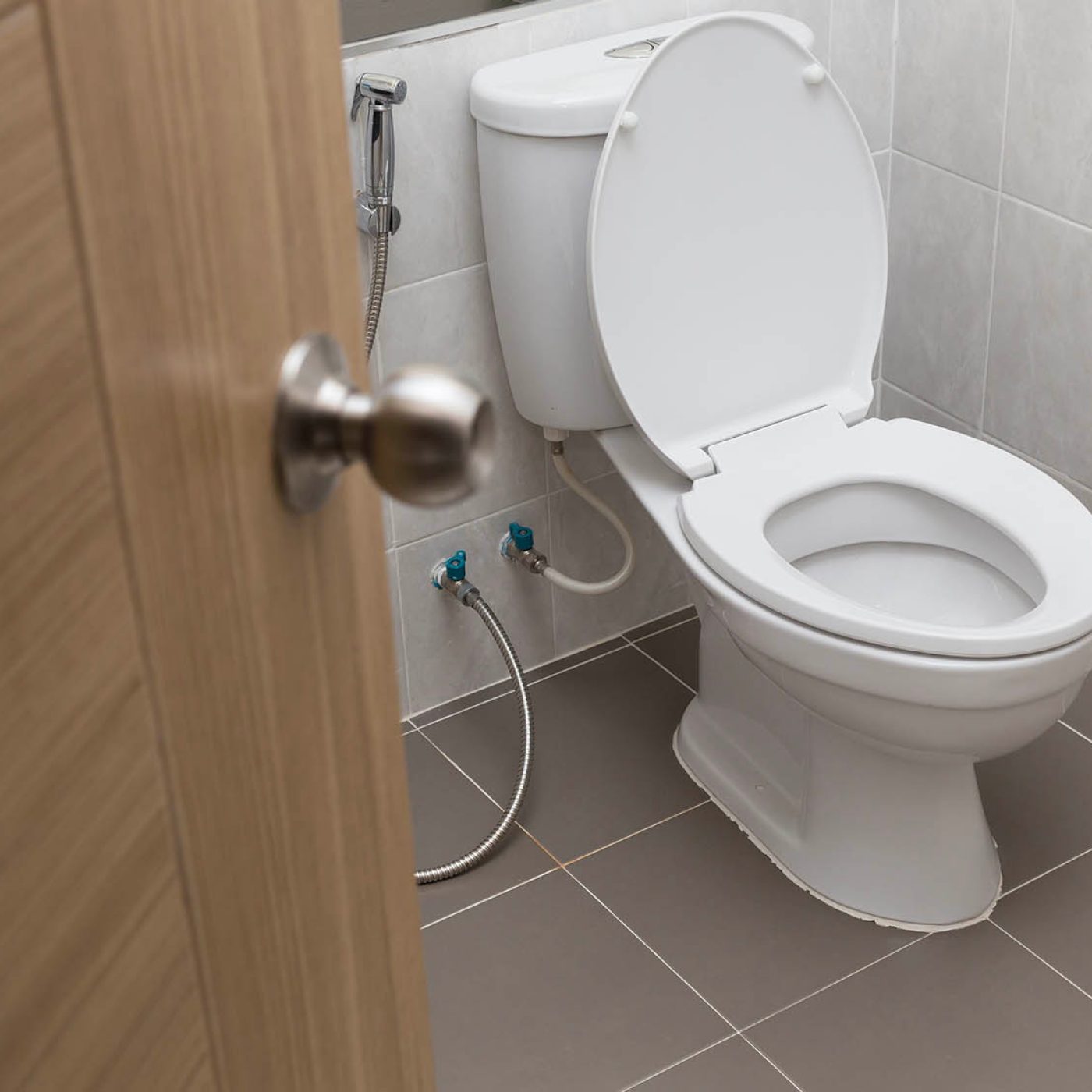
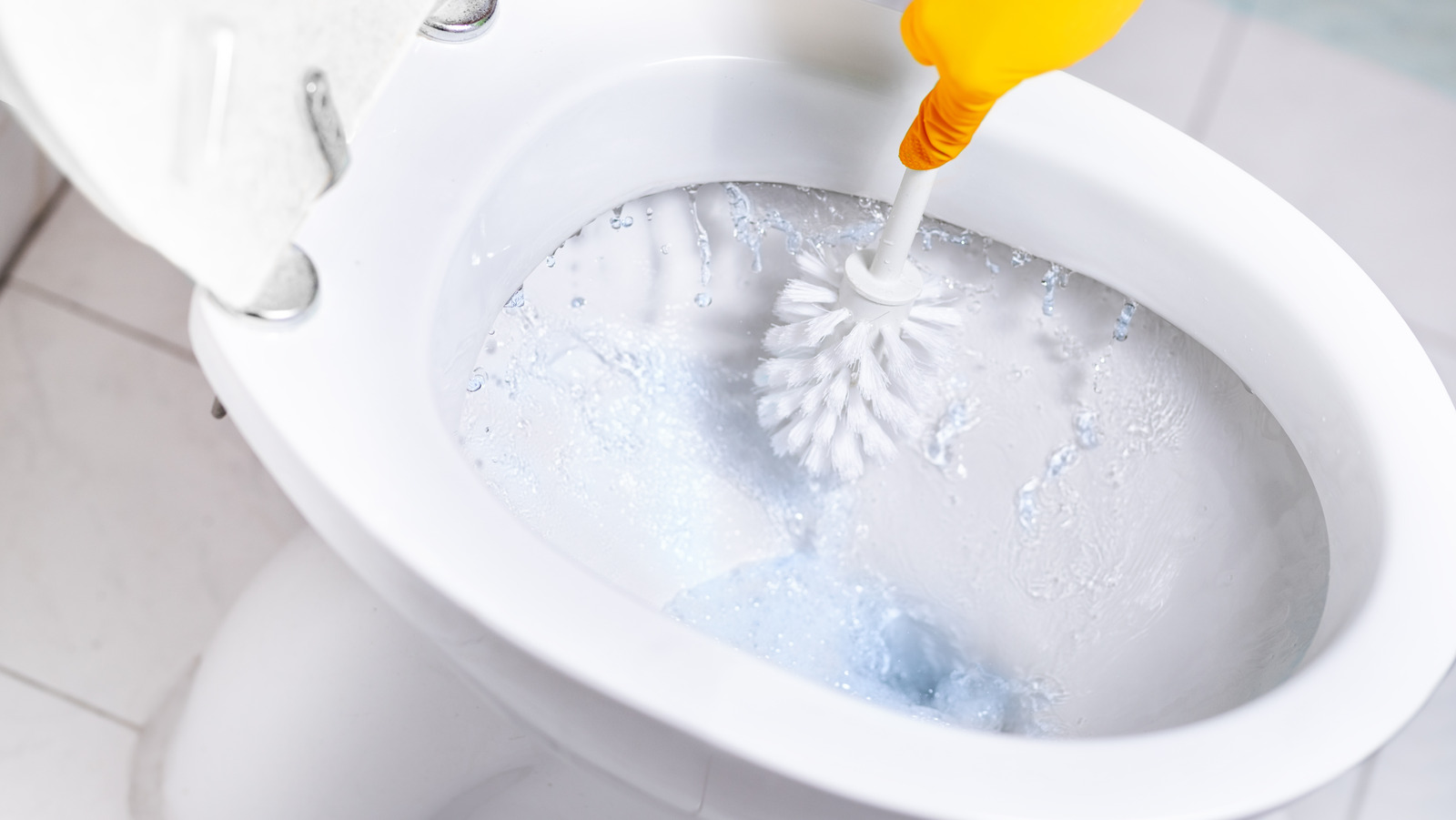
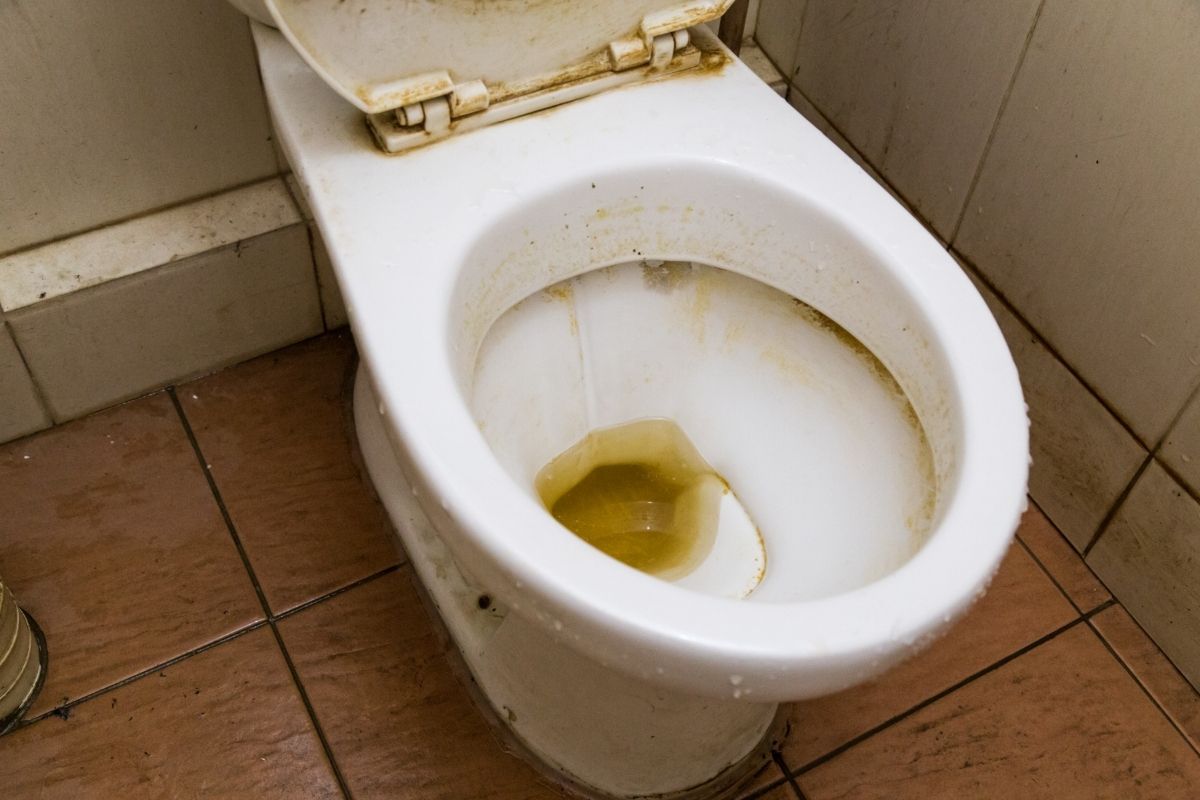
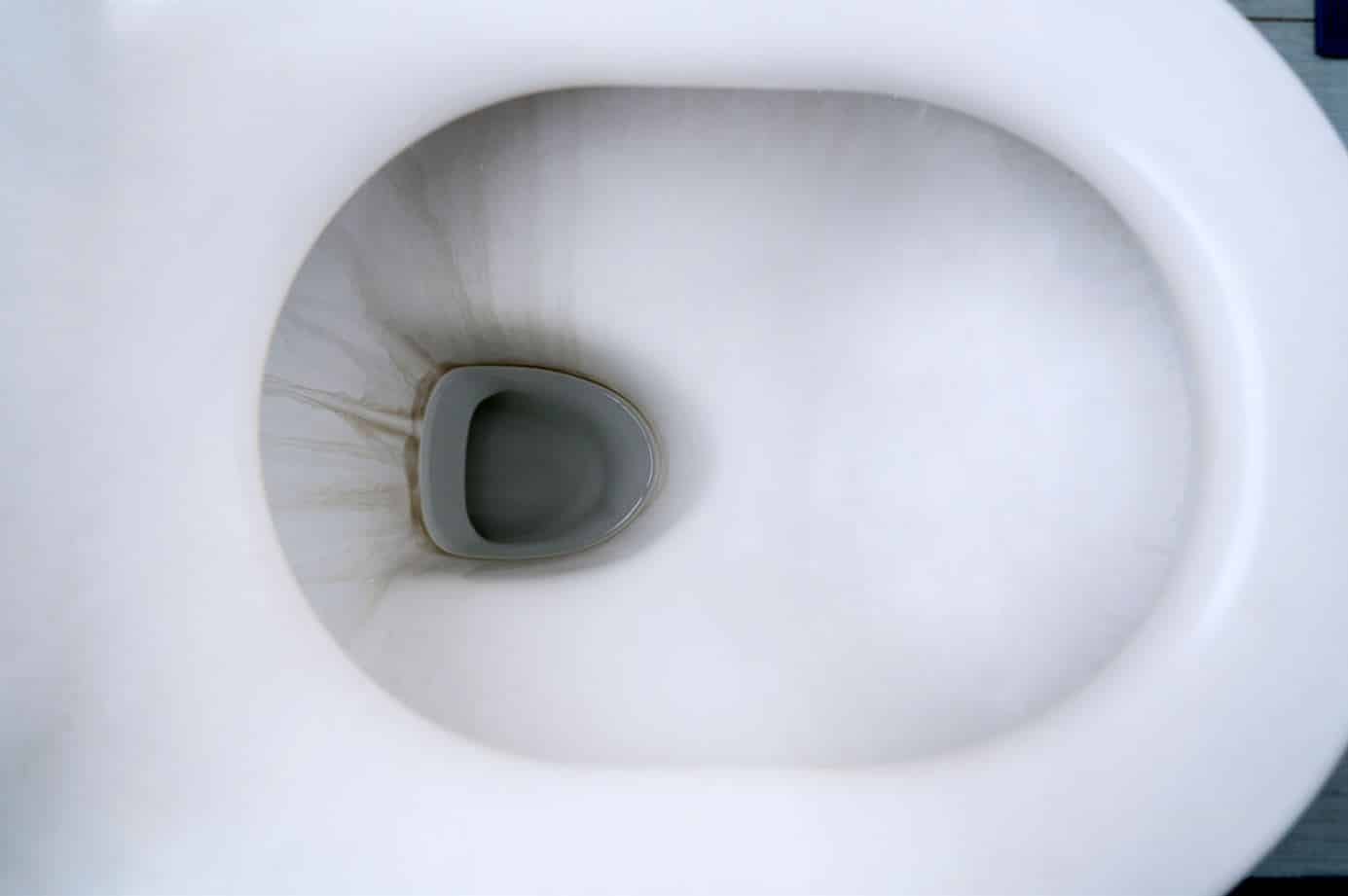
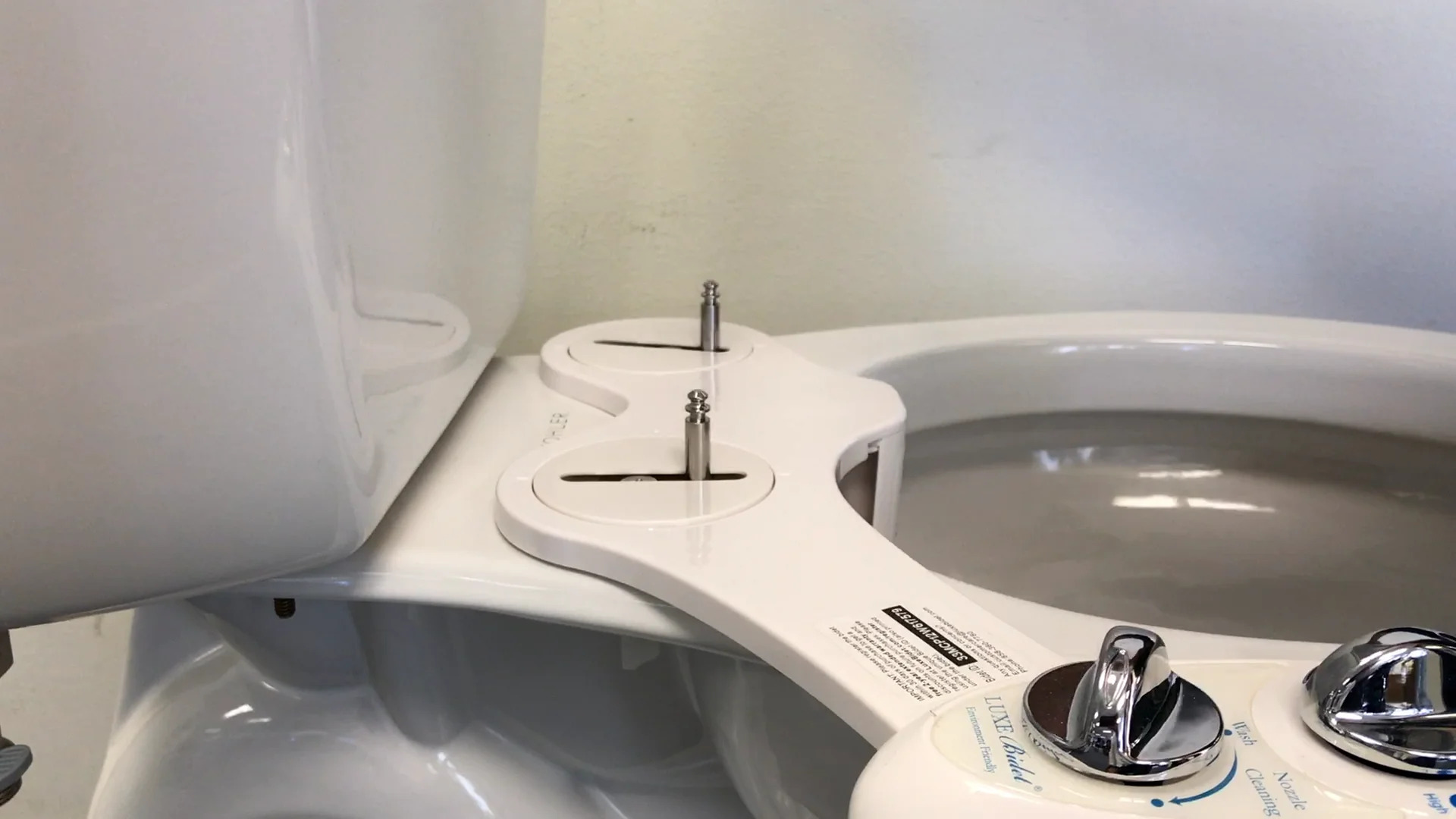
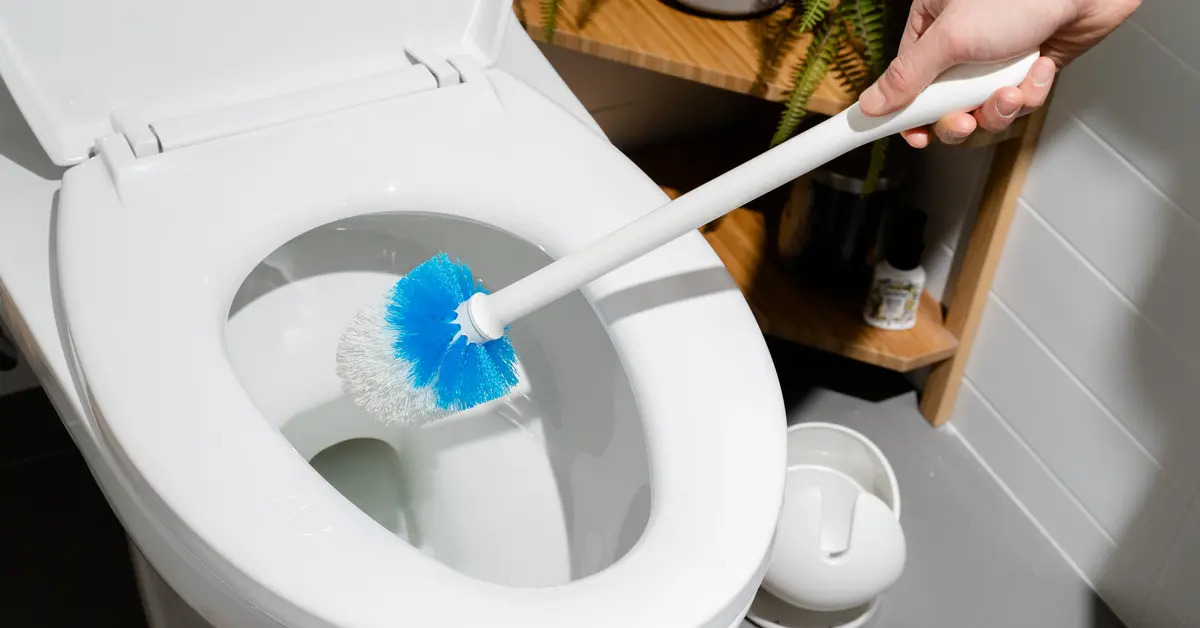
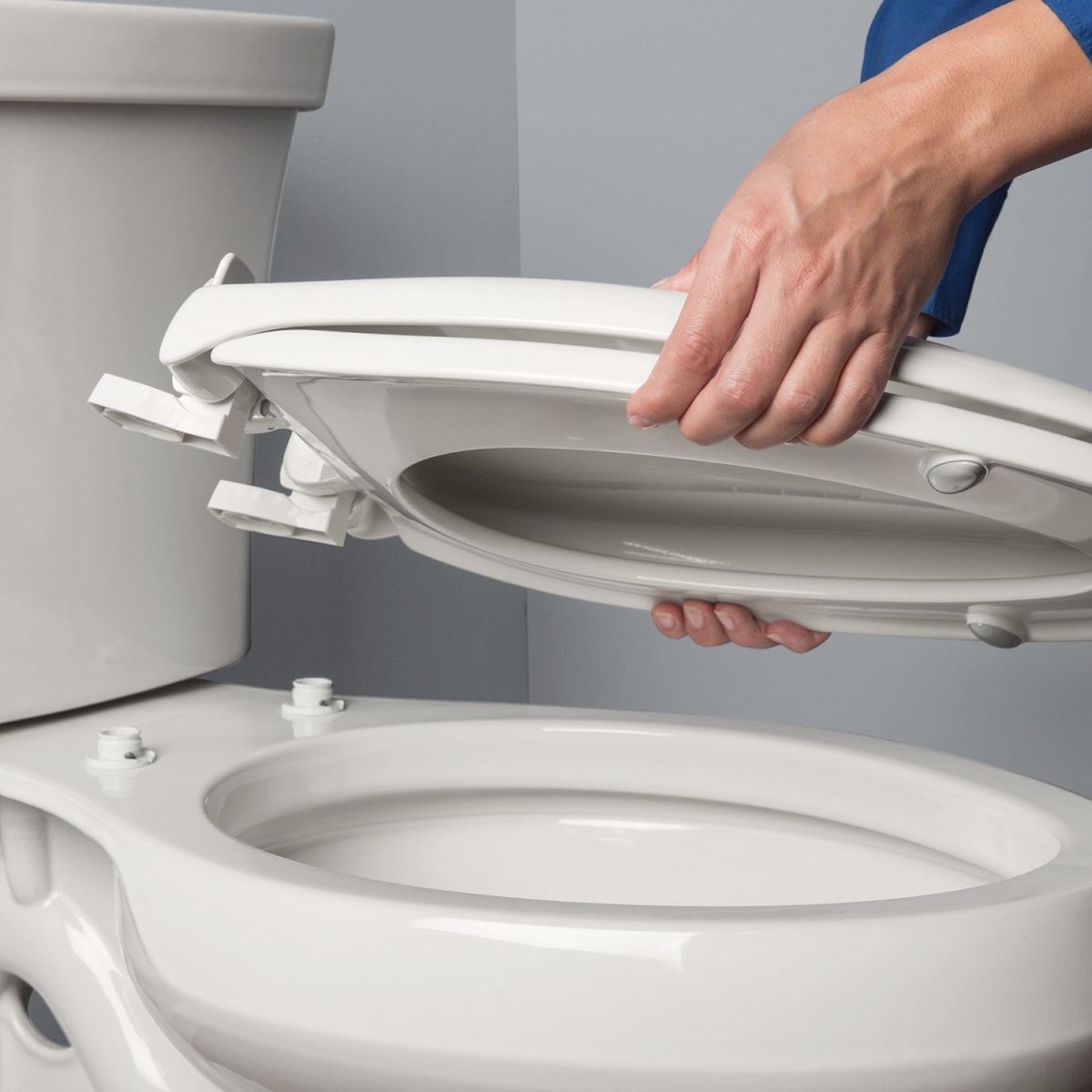
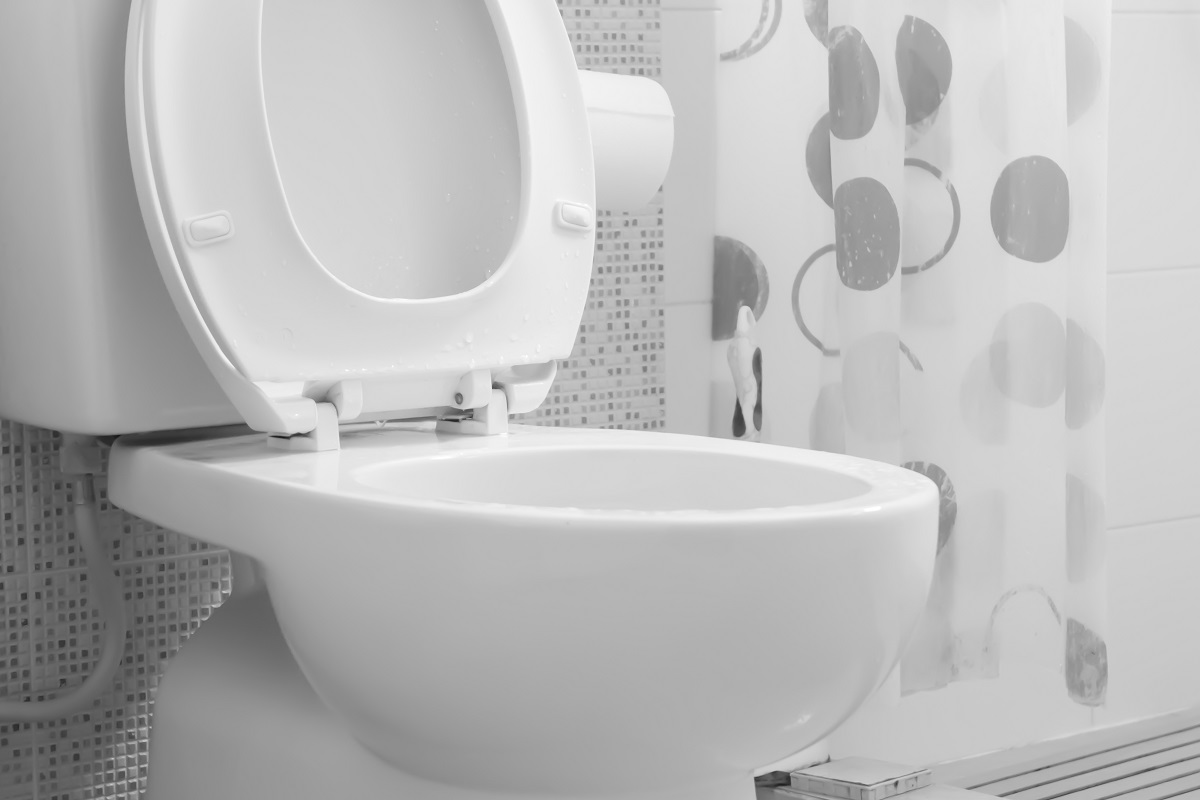

0 thoughts on “How To Remove Blue Stain From Toilet Seat”